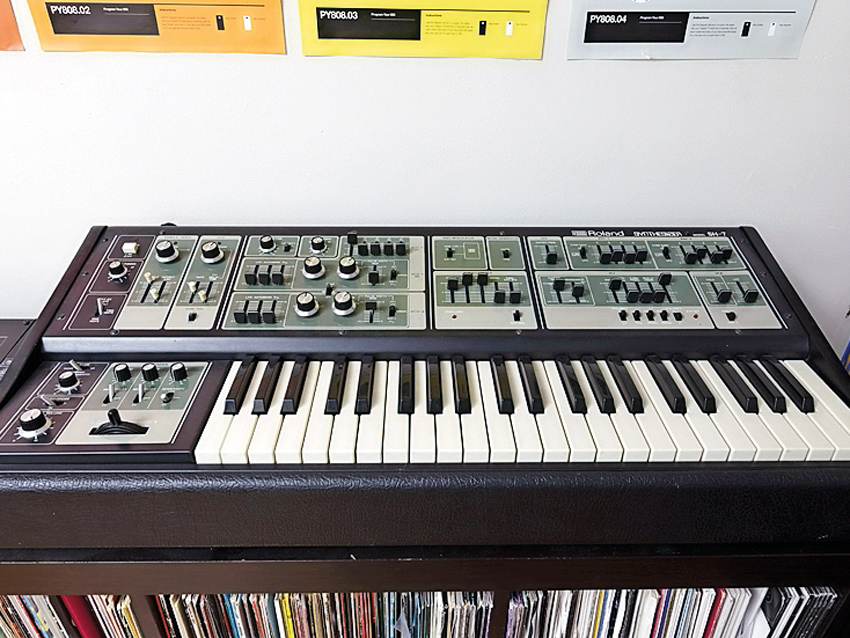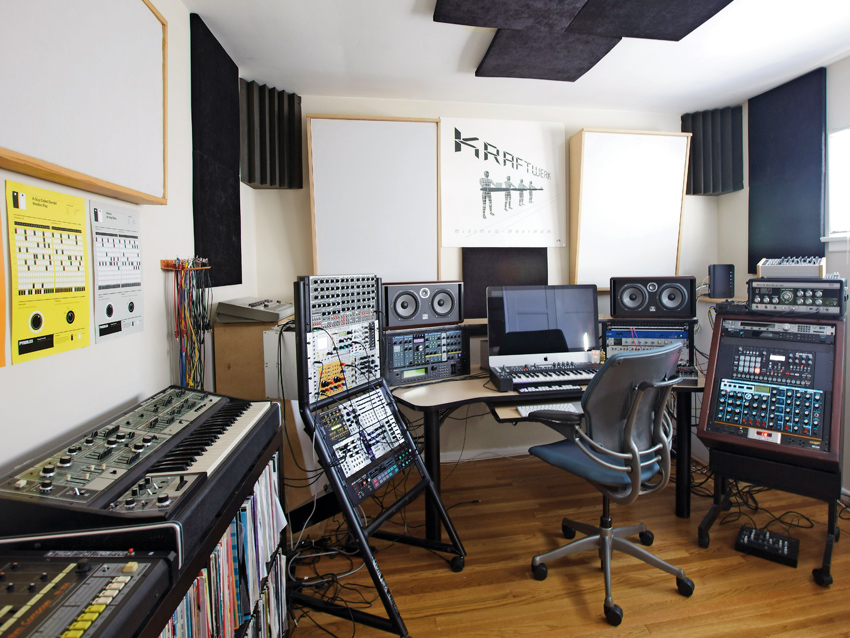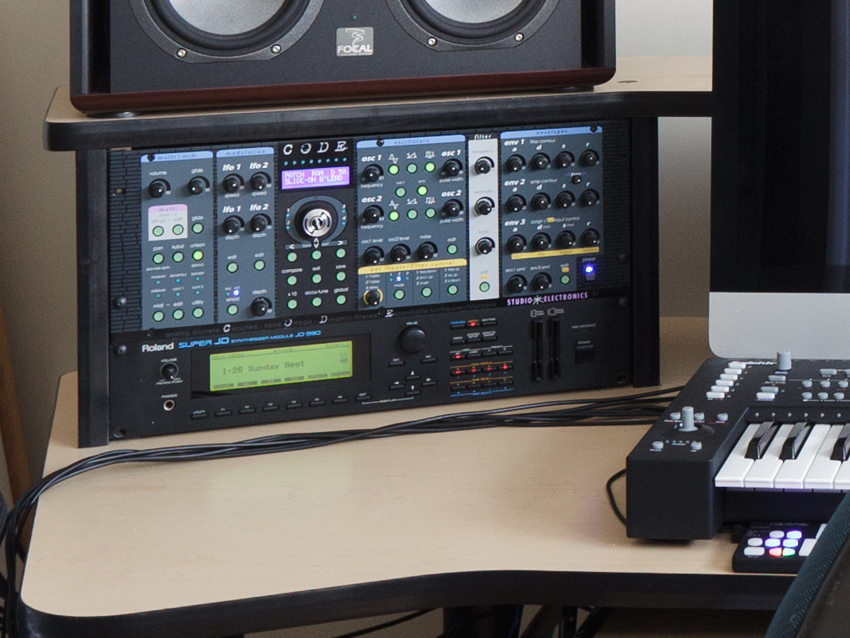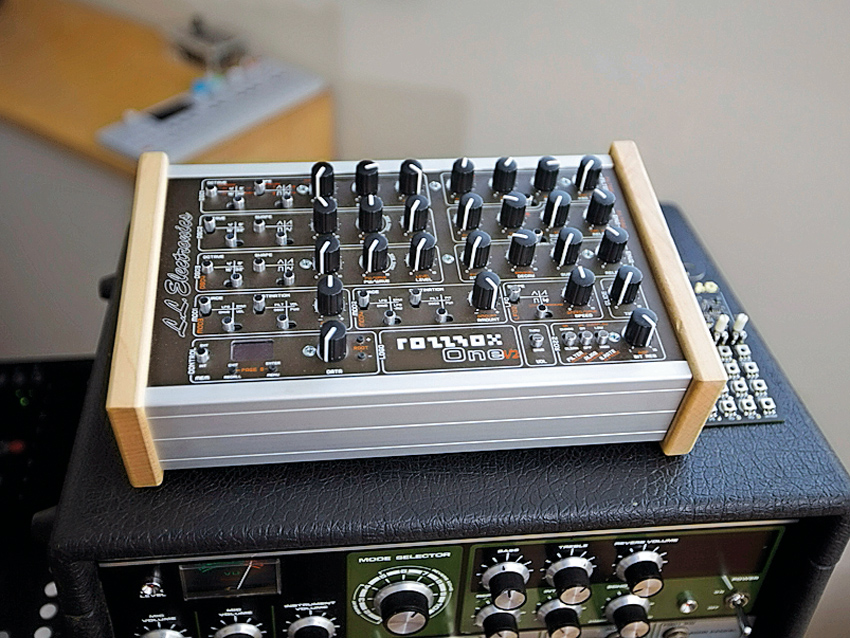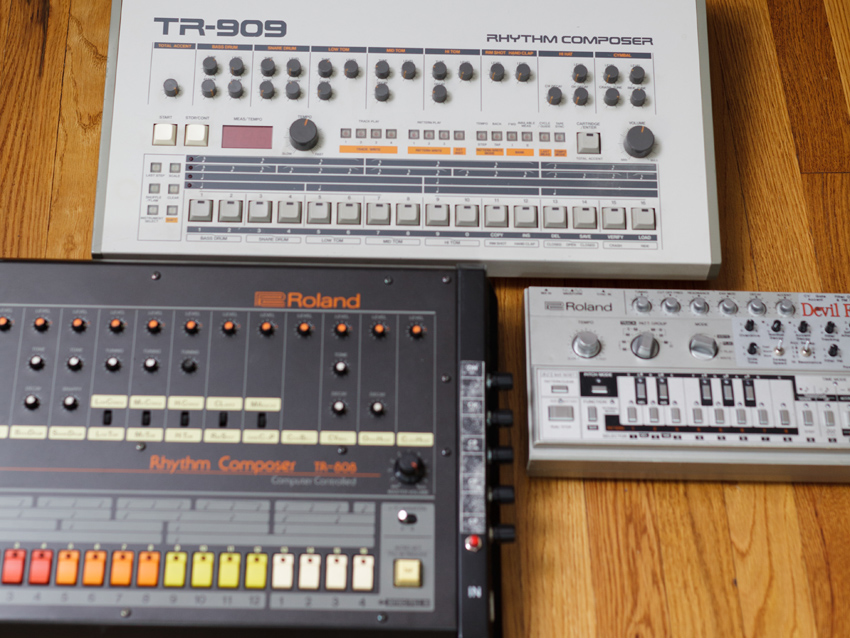In pictures: John Tejada's gear-stuffed studio
The techno titan on his favourite hardware and software
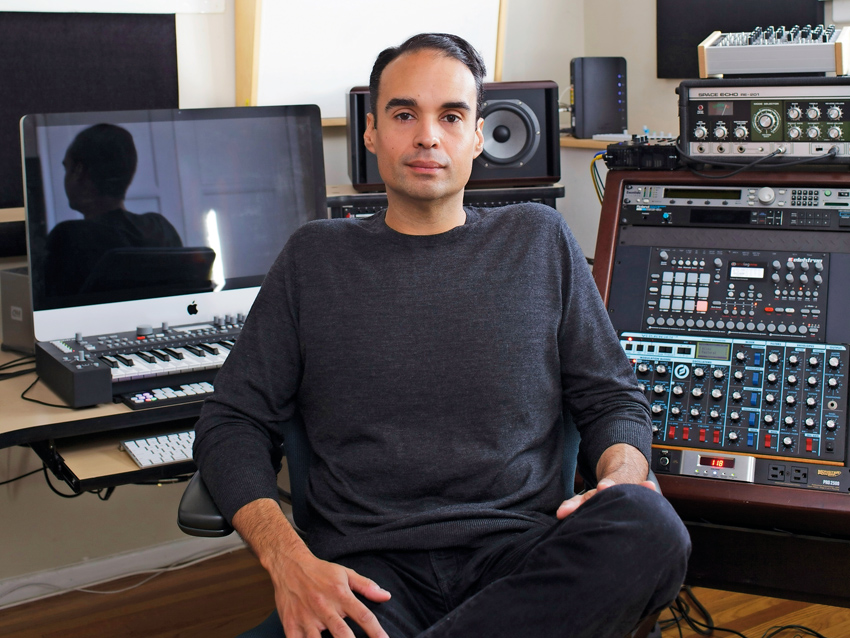
Welcome
Born in Austria, John Tejada moved to LA in the summer of 1982, where he quickly identified with the sound of early hip-hop. By the age of 12, he was already performing rudimentary gigs with his first set of turntables and a mixer.
As the era flourished with new electronic modes, Tejada became as much fascinated by the production process as the technology itself. While still in high school, he purchased an Ensoniq EPS sampler and started experimenting.
Collaborating with long-term friend Arian Leviste, the duo composed and pressed their first single in 1994, although a more fruitful partnership began when Tejada joined forces with classical jazz guitarist Takeshi Nishimoto to form I’m Not A Gun.
By now, Tejada was DJing across the globe and emitting solo releases on diverse European labels such as A13, Multiplex, Generations and R&S, yet his career really took off in 2004 following the release of techno classics Sweat (On The Walls) and Mono On Mono, which together sold 23,000 vinyl copies. Equally successful follow-up singles and a raft of albums cemented Tejada’s reputation.
His brand new album, Signs Under Test, displays all the hallmarks of an artist who is highly adept at creating electronic music for multiple environments. We caught up with Tejada to see the gear he uses and find out how he works.
For the full interview with John Tejada, check out Future Music 289, March 2015, which is on sale now.
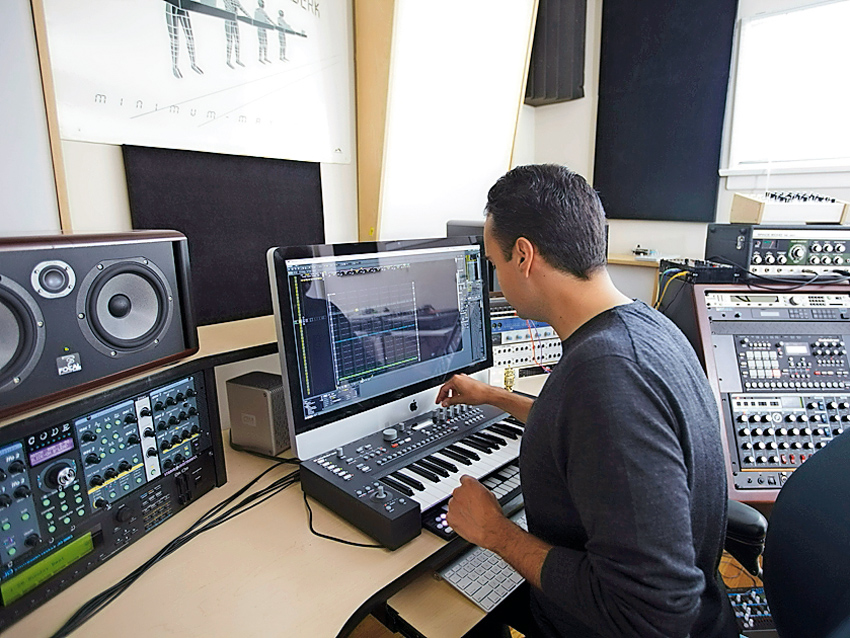
DAWs
“While I find DAWs interesting, I don’t find them very interesting for creating music. I loved those days of just getting lost inside the EPS [sampler] or an Akai MPC, so for that reason I’ve become a huge Renoise fan.
“Half the album was done in Renoise, but now I’m using it all the time - except for things like multi-tracking multiple input channels or sessions that have tons of stems streaming from disc or writing to picture. Then I’ll use Logic Pro or, if I’m jamming with friends, Ableton is really handy for capturing multiple inputs without having to stop.
“At the moment Bitwig is really catching my eye; at first I thought I was looking at something familiar, but now I realise there are some fantastic new features under the hood.”
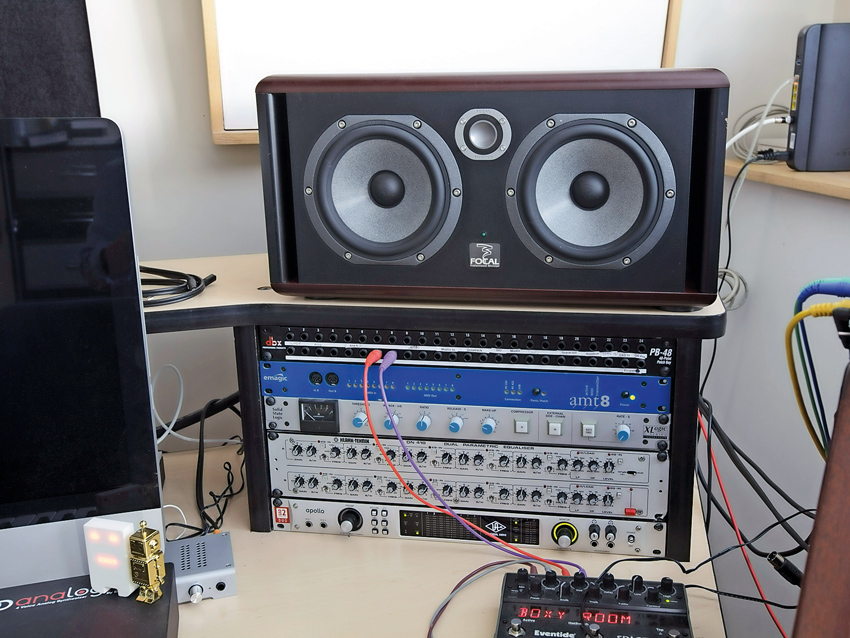
Universal Audio Apollo
“As far as emulations go, I do enjoy my UAD plugins and the Apollo interface [pictured at the bottom of the rock], especially with the Thunderbolt Option Card. I use them on the way into the box, as they now have some nice preamp emulations that give everything that feel of going through pedals, and the latency is negligible.”
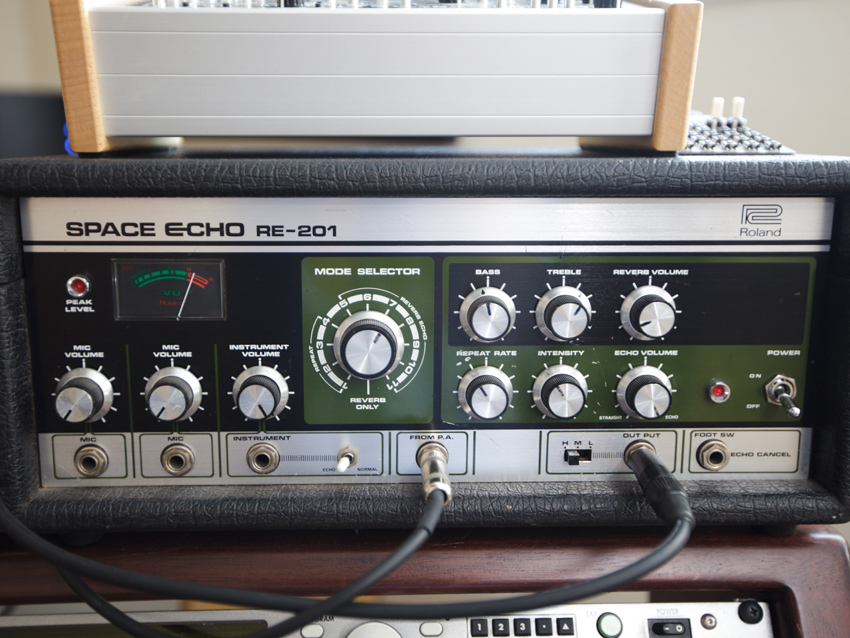
Outboard gear
“I’ve got the SSL buss compressor, some rack EQs, lots of pedals from the likes of Strymon, Eventide and Metasonix, and a Roland RE-201 tape delay [pictured above]. It’s fun to have some interesting things to process the sounds on the way into the computer rather than always going through plugins.”
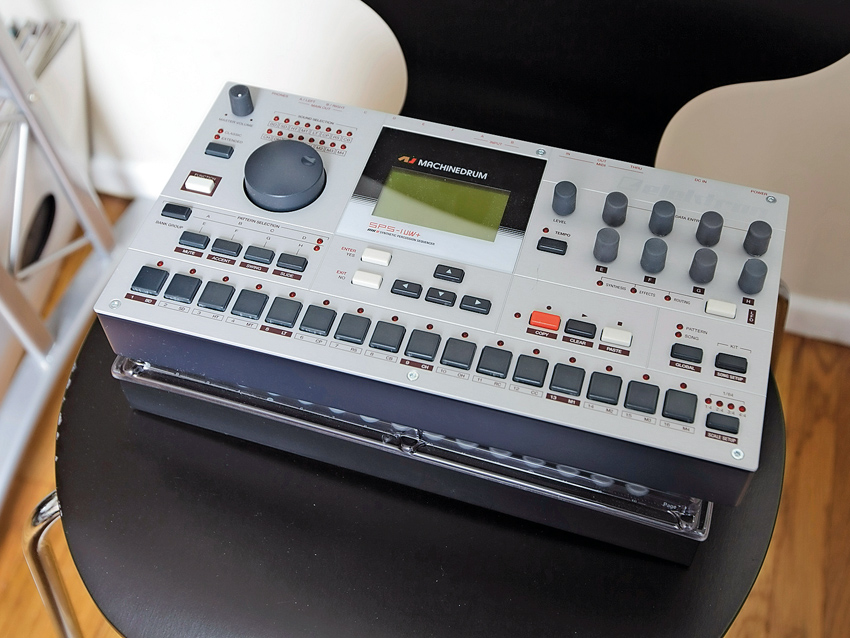
Elektron gear
“I’ve always enjoyed playing live sets with hardware rather than just having a laptop full of software. I think live sets should sound a little more stripped down, and I feel like I should be doing something.
That’s why the Elektron instruments are perfect. Before, I was using Elektron’s Machinedrum and Monomachine [pictured above], but these days I’m using the Octatrack performance sampler and Analog 4 synth/sequencer. The Analog Rytm might make its way into the set one day as well.
“For live shows, they are absolutely rock solid, extremely portable and sound great. I’ve got MIDI Out tracks on the Octatrack as well, so I can easily expand the setup to include more synths when they’re available or, if the space permits, more gear. It’s a great customisable setup for me.”
Check out the John Tejada Facebook page
Future Music is the number one magazine for today's producers. Packed with technique and technology we'll help you make great new music. All-access artist interviews, in-depth gear reviews, essential production tutorials and much more. Every marvellous monthly edition features reliable reviews of the latest and greatest hardware and software technology and techniques, unparalleled advice, in-depth interviews, sensational free samples and so much more to improve the experience and outcome of your music-making.


